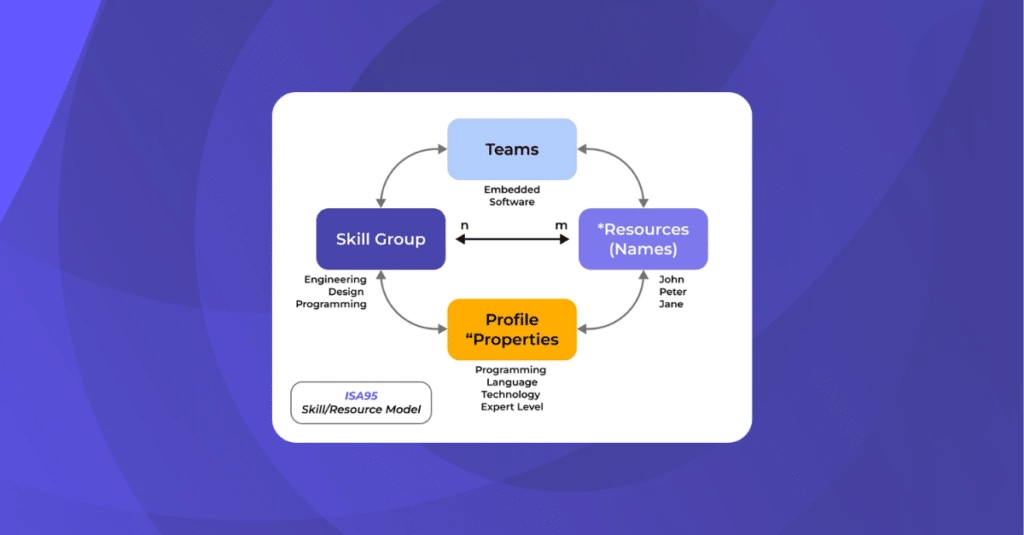In this article, we unpack the meaning of flow project management, why it’s important, and how it can be achieved.
What is Flow in Project Management?
‘Flow’ is a critical component of project management that is often as mysterious as it is crucial. There are varying definitions of it depending on who you ask. In general, ‘Flow’ in project management refers to the smooth flow of work from one phase to the subsequent one, focusing on avoiding delays, interruptions, and bottlenecks.
Benefits of Flow in Project Management
The first, and perhaps most significant, has to do with increased productivity. When projects are progressing without avoidable delays and interruptions, project teams can get more work done in less time.
Another advantage is the improved quality of the projects delivered. With fewer interruptions comes a smaller potential for mistakes to occur. With each team member involved in the project able to focus on their tasks, the projects are not only likely to finish on time but also result in higher quality work and a better overall project outcome.
How to Achieve Flow in Project Management
Here are a few steps that you can take:
Learn about the Theory of Constraints (TOC)
Theory of Constraints (TOC) is based on the idea that any complex system, such as a business or production process, has a single point that limits its overall performance, called the “constraint.”
The goal of TOC is to identify and optimize this constraint to improve the entire system’s performance.
Use the Right Tools
Ensuring your Flow in project management also requires the right software and tools that will enable it. LYNX by A-dato is one such software.
LYNX has several features intended to optimize Flow for both, projects and portfolios. These features include the Release Wizard to manage the work-in-progress, Buffer Management in the CCPM way and the Scenario Planner that helps prepare for potential future constraints.
Create the Right Culture
It’s essential to create the right culture within the project team. To do so, it is crucial to create a work environment that encourages communication and collaboration. This helps in ensuring better synergy across the project team.
Further, it’s also important to ensure that team members are provided with the right support and resources to perform their tasks uninterrupted.
Moreover, creating such a culture could also entail providing team members with the right type of training that helps them to identify constraints in complex processes and thereby, improve flow.
Conclusion
To conclude, Flow is a significant part of successful project management. With many contradictory definitions of what Flow really means available, we hope that this article clarifies this concept.
By understanding the concept of flow and implementing strategies to improve it, you can increase productivity, improve quality, and achieve better project outcomes.














